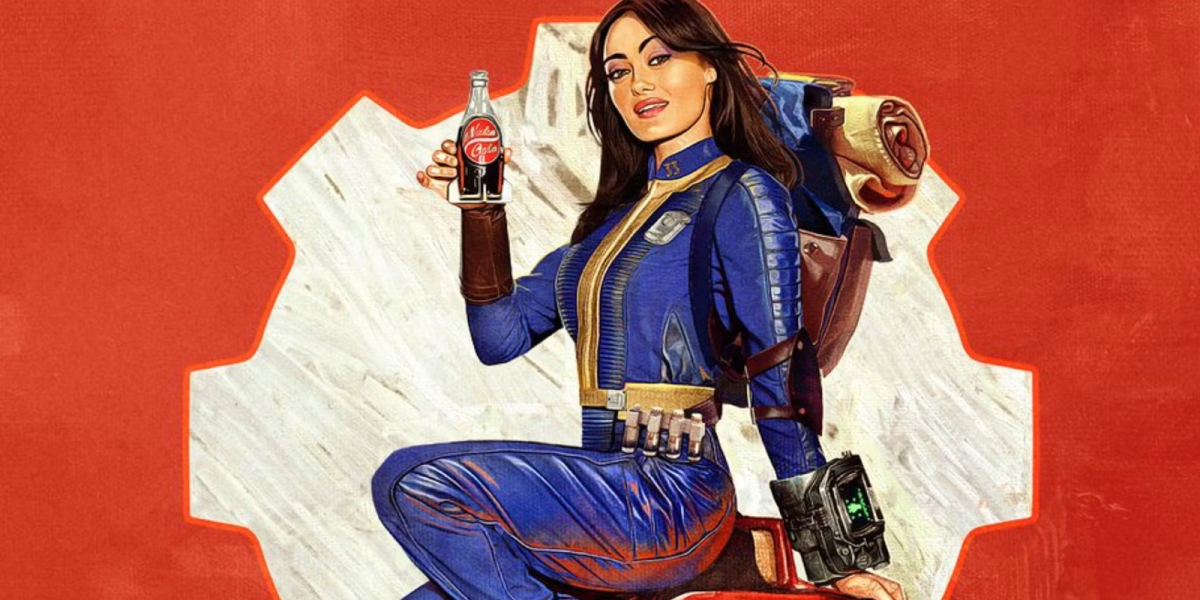Bottle cap money features prominently in Fallout Season 1 – so how exactly does it work? And are there any other currencies in Fallout canon?
Related: Can You Watch the Fallout TV Show Without Playing the Games?
Fallout’s Bottle Cap Money, Explained
Bottle caps are one of the most (if not the most) common forms of currency in Fallout‘s Wasteland setting. The Wasteland’s inhabitants adopted bottle caps following the Great War for several reasons. First and foremost, they’re really hard to counterfeit, given post-war civilization largely lacks the technology and materials used to make them. Imitation caps do occasionally show up, however, they’re far from widespread (to date, they only appear in Fallout: New Vegas). What’s more, there are plenty of bottle caps on hand – but, crucially, not too many. Legacy bottle cap production facilities are controlled (or have been destroyed by) the Hub merchants, who keep a tight rein on how many caps are in circulation. As a result, the currency is relatively inflation-proof.
Related: Don’t Worry, the Fallout Show Didn’t Actually Retcon New Vegas
So, bottle caps clearly have a lot going for them – but what gives them their actual value? Water. The Hub’s merchant houses back caps with reserves of good ol’ H2O, one of the most precious commodities in the irradiated Wasteland. As such, bottle caps are accepted as legal tender from coast to coast, and have even functioned as Wasteland’s standard currency at certain points in Fallout‘s fictional timeline. The most common type of cap is for Nuka-Cola brand soda, but others are also in circulation. These include Sunset Sarsaparilla (Fallout: New Vegas), Vim (Far Harbor), Bawls (Fallout: Brotherhood of Steel), and various beer bottle caps (Fallout 4).
Does Fallout Have Other Types of Currency?
That’s bottle caps covered – but are there any other currencies in Fallout lore? Yep. Aside from whatever (essentially worthless) pre-war money is still floating around, there’s also the NCR dollar, ring pulls, and Brotherhood scrip. The NCR dollar is (as its name suggests) the currency introduced by the New California Republic. The NCR originally backed the dollar with its gold reserves, however, the dollar’s uptake (and by extension, value) nosedived when said reserves took a hit. Soda can ring pulls are used by Chicago settlements in place of bottle caps; nowhere else seems to have adopted this practice. Finally, Brotherhood scrip is the Brotherhood of Steel’s internal currency.
Related: All Songs & Track List for Prime Video’s Fallout TV Series
It’s worth noting that of the above currencies, only the NCR dollar is definitively canon. Both ring pulls and Brotherhood scrip appear in Fallout Tactics, the canonical status of which is unclear. Fallout Season 1 doesn’t shed any further light on the matter, as bottle caps are the only form of post-war money depicted in its eight-episode run. That said, nothing in the show or the games explicitly rules out the existence of ring pulls or Brotherhood scrip.
Fallout Season 1 is now streaming on Prime Video.






Published: Apr 18, 2024 07:16 am